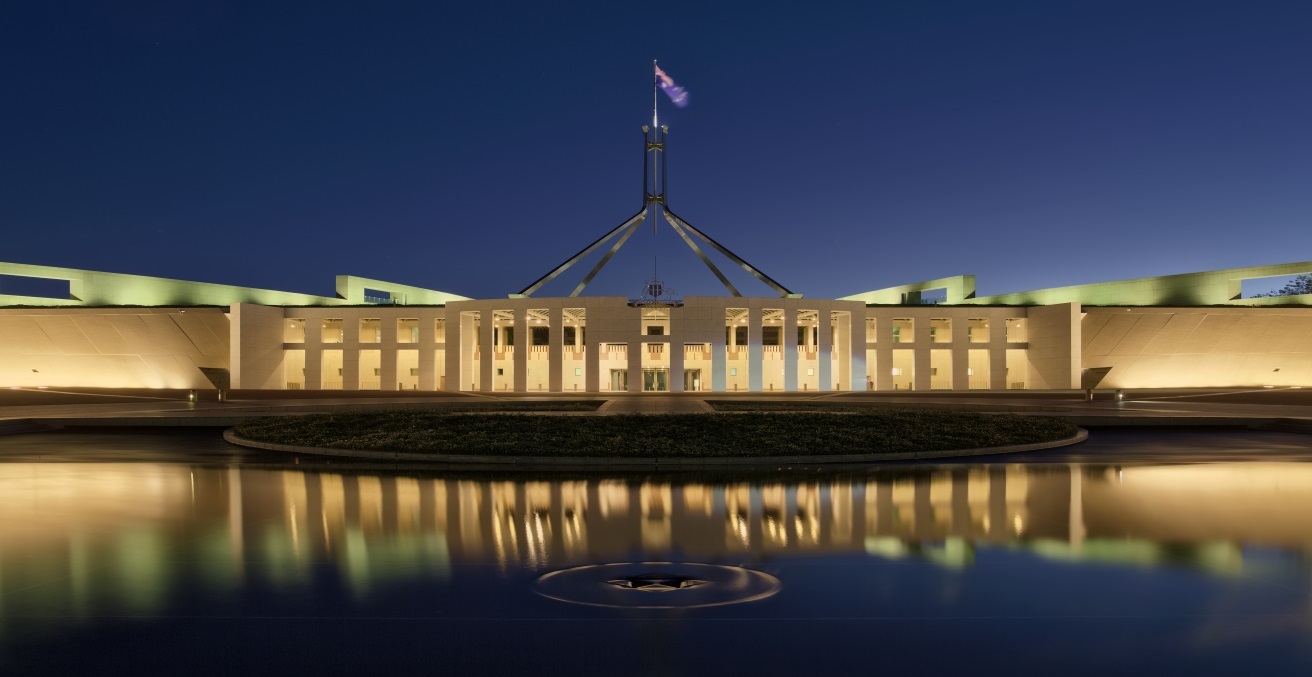This year marks 20 years since the first time UN peacekeepers were directed to protect civilians from physical violence in Sierra Leone, West Africa. Since then, the Protection of Civilians (PoC) mandate has become a centre of gravity for peacekeeping operations but also for the UN system as a whole.
Former Secretary-General Ban Ki-moon has described protecting civilians as “a defining purpose of the UN in the twenty-first century.” It may also be one of its biggest challenges.
The Protection of Civilians at 20
A great deal of progress has been made over the past two decades and the last ten years in particular have seen PoC institutionalised and professionalised at the UN. In the Security Council a thematic agenda has been consolidated through numerous resolutions, and the peacekeeping bureaucracy at the Secretariat has rolled out policies, guidance and training programs to better prepare peacekeepers for the task.
More than 95 percent of all peacekeepers deployed in the field today operate under the PoC mandate, and in many missions it is a strategic priority. PoC has been elaborated into a broad operational concept that directs military, police and civilian peacekeepers to implement a wide range of tasks – from militarily defeating those who threaten civilians to supporting the transformation of state institutions to create a more protective environment. A range of innovative and specific implementation mechanisms have also been developed in the field.
The Successes and Failures
While media headlines dwell on peacekeeping failures and inaction, academic studies have shown that peacekeeping operations can contribute to reducing civilian victimisation, decreasing the intensity of conflict-related violence and lessening the likelihood that conflict will reignite. What seems clear is that, overall, civilians fare better when armed peacekeepers are present. What is less clear is whether it matters what these peacekeepers are mandated to do, or indeed whether or not they actually do it.
A clear protection mandate allows for better outcomes. In many instances, UN missions provide immediate and daily protection to huge numbers of people. For example, in South Sudan peacekeepers have protected hundreds of thousands of civilians in displacement camps since the outbreak of civil war in 2011. Recent studies correlate efforts of missions under the protection mandate to positive outcomes for civilians. But much more remains to be known about what works and what doesn’t.
Despite these signs of progress, failures have continued, with catastrophic consequences for civilians. Failures to prevent massacres in close proximity to static bases and deadly attacks by armed groups — as well as inadequate responses to attacks by government forces or their proxies — illustrate that there remains a significant gap between the promise and the practice of UN protection.
The Impediments to Effective Protection
As UN peace operations are commonly deployed in contexts where there is “no peace to keep” they are required to confront complex and shifting threats to civilians. Concerns about their own safety and security, resulting in restrictive national caveats and risk-averse regulations, make it difficult for peacekeepers to get close to communities in need of protection.
Perennial resource constraints dictate that it is not possible to have a peacekeeper behind every tree while mobility assets are too few to protect effectively through rapid projection. The “fiscal squeeze” on the peacekeeping budget is only likely to further reduce the presence and capabilities necessary to overcome existing limitations.
In this context, it is critical that protection efforts are aligned with a clear political strategy for addressing the root causes of conflict; ultimately eradicating the protection needs. But such strategies are elusive for most missions where host governments and other parties resist, or flatly dismiss, efforts to advance political solutions. As a result, in cases such as the Democratic Republic of the Congo, South Sudan and Mali, missions are effectively stuck in US$1b a year holding patterns; shape-shifting in response to changing conflict dynamics and threats to civilians with no exit strategy in sight.
What can be done to Improve Protection?
While overcoming these challenges will require action across different actors and at many levels, progress in two key areas would address some of the structural issues.
A Culture of Accountability
Too often the plight of civilians depends on which contingent of uniformed peacekeepers is stationed nearby. While repatriation of underperforming contingents and incompetent leadership must remain an option, what is needed are measures that can shift the incentive structures of peacekeepers so that they encourage a proactive and risk tolerant approach to protecting civilians. It would be a step in the right direction to foster a culture of accountability that improves performance and increases the likelihood of protective action.
Realising the “Primacy of Politics”
Yet sometimes improving the performance of peacekeepers is not enough. New strategic thinking is required, as was recognised by the 2015 High-level Independent Panel on Peace Operations. Its report made “the primacy of politics” — the idea that UN operations should prioritise political solutions — the phrase du jour, repeated incessantly in discussions on peacekeeping reform. However, very rarely is this expression unpacked. While it is widely accepted that peacekeeping must complement rather than substitute political processes for ending conflict, more clarity is needed around how specific missions can contribute to advancing these political solutions and align protection efforts with a clear political strategy for each mission.
However, elevating political solutions as the goal of peacekeeping requires more than that. Member states will need to step up and prioritise PoC through their decisions and discourse in the Security Council. Even then, political solutions will only be privileged if the same member states are willing to provide robust political cover to field missions when host governments are intransigent or worse; and when there is simply no viable peace process in place.
Whither the Protection of Civilians in UN Peacekeeping?
Make no mistake, protecting civilians in conflict-affected societies is difficult. In many ways it’s a “wicked problem”: finding a solution will involve dilemmas and require trade-offs. But UN peacekeeping will ultimately be judged by both international and local publics on its ability to protect civilians.
After 20 years of the protection of civilians mandate, a great deal of progress has been made but much remains to be done to deliver on this cardinal obligation. The credibility and legitimacy of UN peacekeeping — as well as the lives of hundreds of thousands of people — is at stake.
Dr Charles T. Hunt is Vice Chancellor’s Senior Research Fellow and Australian Research Council DECRA Fellow at the Social & Global Studies Centre, School of Global, Urban and Social Studies, RMIT University. He is also a honorary Senior Research Fellow at the Asia Pacific Centre for the Responsibility to Protect, University of Queensland.
This article is published under a Creative Commons Licence and may be republished with attribution.




